Tilts tent/pop up 3 month after installed vinyl planks over tile
Han John Tse
3 years ago
last modified: 3 years ago
Featured Answer
Sort by:Oldest
Comments (9)
Han John Tse
3 years agoRelated Professionals
Henderson Kitchen & Bathroom Designers · Rolling Hills Estates Kitchen & Bathroom Remodelers · Mountain Top Kitchen & Bathroom Remodelers · Normal Kitchen & Bathroom Remodelers · Mooresville Kitchen & Bathroom Remodelers · Abington General Contractors · Arkansas City General Contractors · Moses Lake Flooring Contractors · Oxford Flooring Contractors · Palm Springs Flooring Contractors · DeKalb General Contractors · Montclair General Contractors · Red Wing General Contractors · Statesboro General Contractors · Toledo General ContractorsCharles Ross Homes
3 years agoHan John Tse
3 years agoRipped Jeans Construction
3 years agomillworkman
3 years agoRipped Jeans Construction
3 years agomillworkman
3 years agoSJ McCarthy
3 years agolast modified: 3 years ago
Related Stories

KITCHEN BACKSPLASHESHow to Install a Tile Backsplash
If you've got a steady hand, a few easy-to-find supplies and patience, you can install a tile backsplash in a kitchen or bathroom
Full Story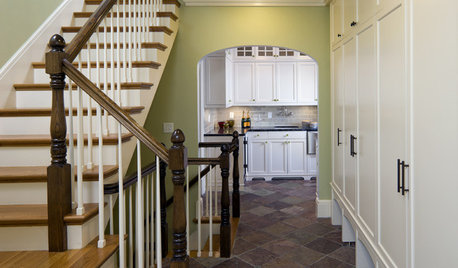
TILE6 Questions to Answer Before You Install Tile Flooring
Considering these things before tackling your floors can get you a better result
Full Story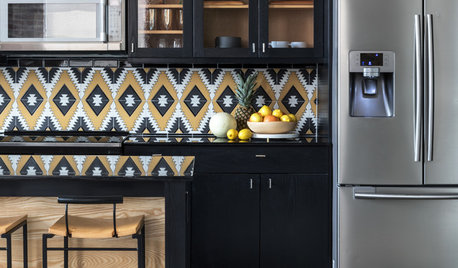
TILE6 Ways to Amp Up Your Kitchen Style With Patterned Tile
A designer shares how to use patterned tile in the kitchen, along with tips for making your installation a success
Full Story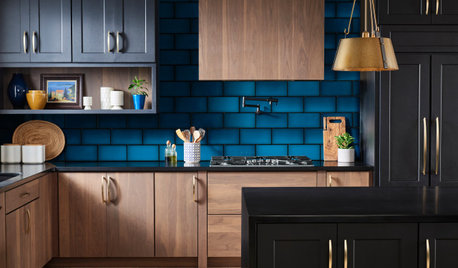
TILE3 Top Tile Trends for 2020
See the latest colors, shapes and patterns in tiles being introduced this year
Full Story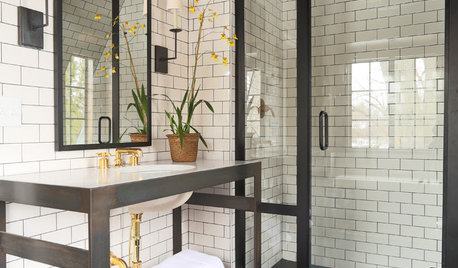
TILEIs It Over for Subway Tile?
Should we ditch the ubiquitous rows of rectangles for a rival, or is subway tile a classic that’s here to stay?
Full Story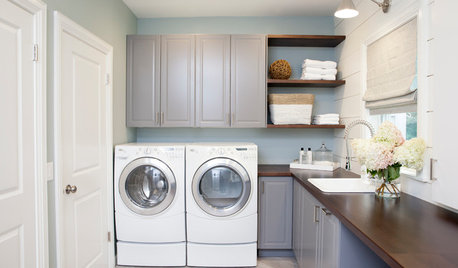
ORGANIZINGAfter Tidying Up, How to Organize Your Laundry Room
When you’re done giving your laundry area the Marie Kondo treatment, these storage tools can help keep it neat and clean
Full Story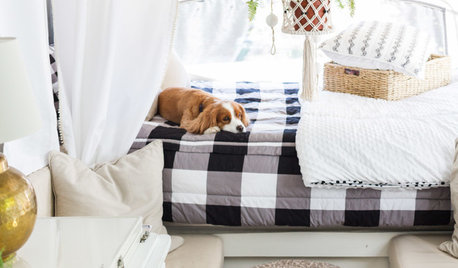
VACATION HOMESA Used Pop-Up Camper, a Tight Budget and Chic Scandinavian Style
A mother of 2 glams up her family’s cozy vacation home on wheels
Full Story
MATERIALSThe Most Popular Roofing Material is Affordable and Easy to Install
Asphalt shingles, the most widely used roof material in the U.S. are reliable and efficient, and may be right for you
Full Story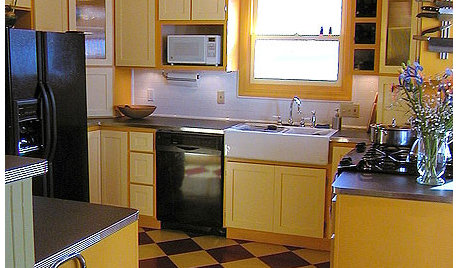
KITCHEN DESIGNKitchen Remodel Costs: 3 Budgets, 3 Kitchens
What you can expect from a kitchen remodel with a budget from $20,000 to $100,000
Full Story
FENCES AND GATESHow to Install a Wood Fence
Gain privacy and separate areas with one of the most economical fencing choices: stained, painted or untreated wood
Full Story





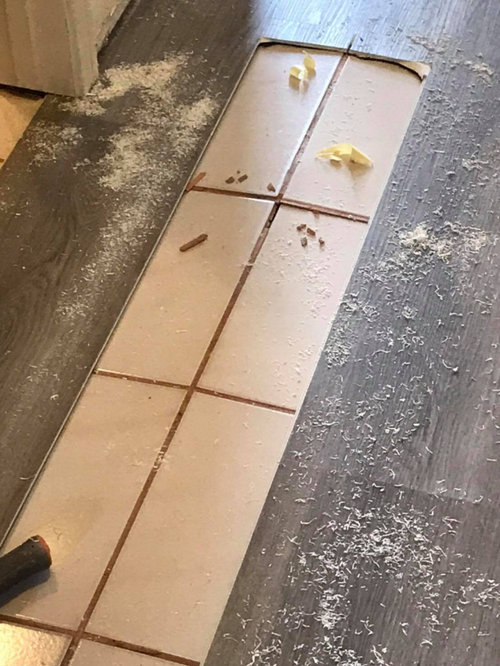
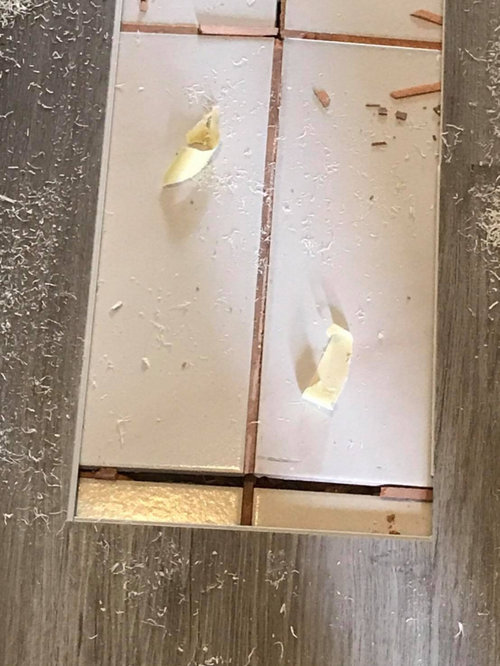

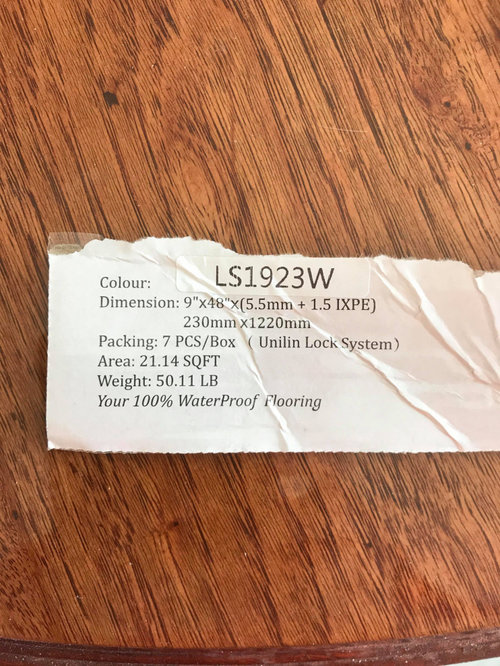





millworkman